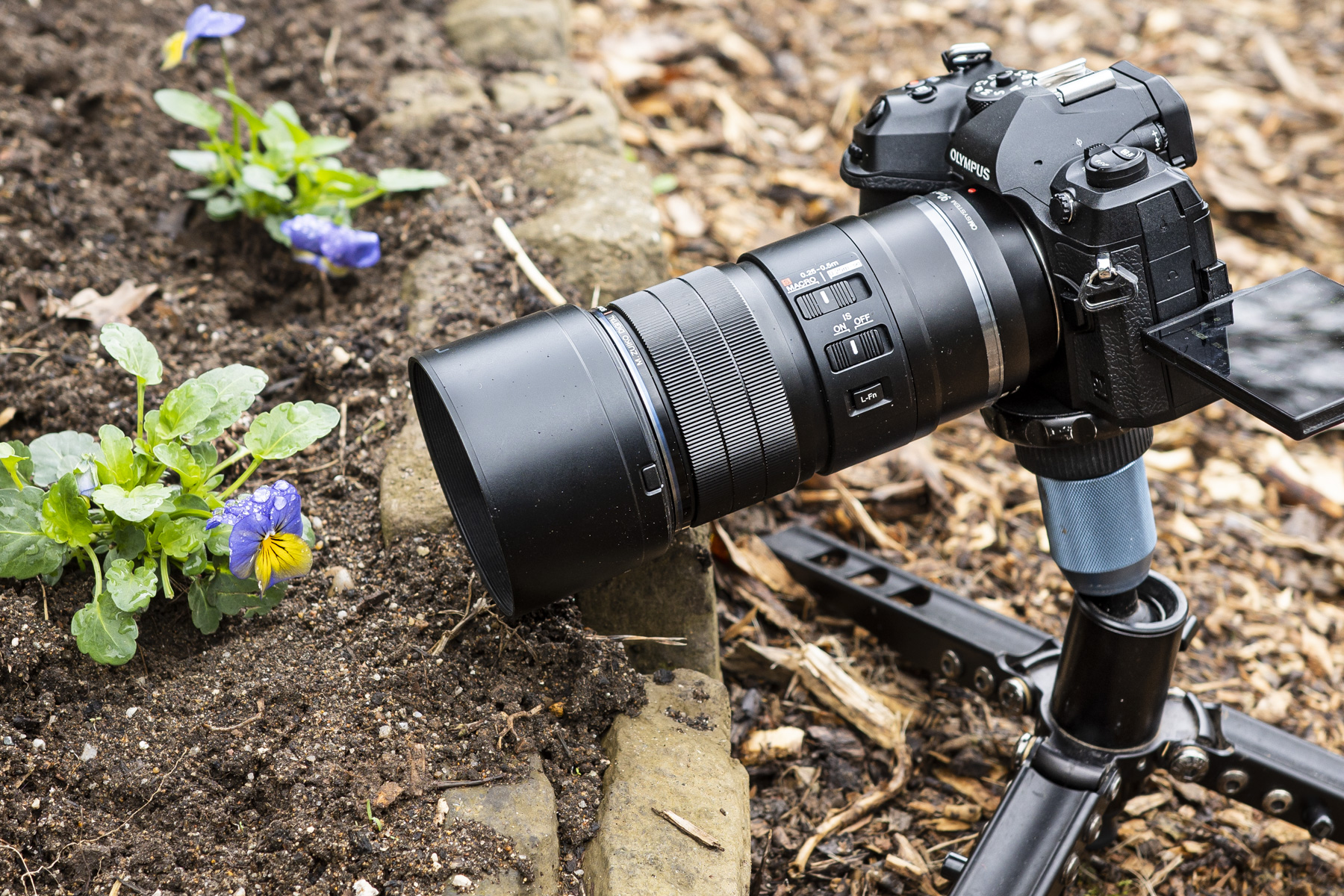
I’ve reviewed a lot of camera gear over the past 15 years, but every now and then a new bit of kit gets me super excited. In fact, I shared the 5 reasons why I couldn’t wait to use the OM System 90mm macro lens earlier this year on TechRadar. Thankfully, I didn’t have to wait too long to get my hands on one, and since then, I’ve had an extended period capturing next-level macro photography with it.
What makes the OM 90mm macro lens appear head and shoulders above the rest? For me, it is undoubtedly the most versatile and easy-to-use macro lens, especially when paired with the OM System OM-1 camera. This cutting-edge Micro Four Thirds tech thrives for macro photography for a number of reasons I’ll get into.
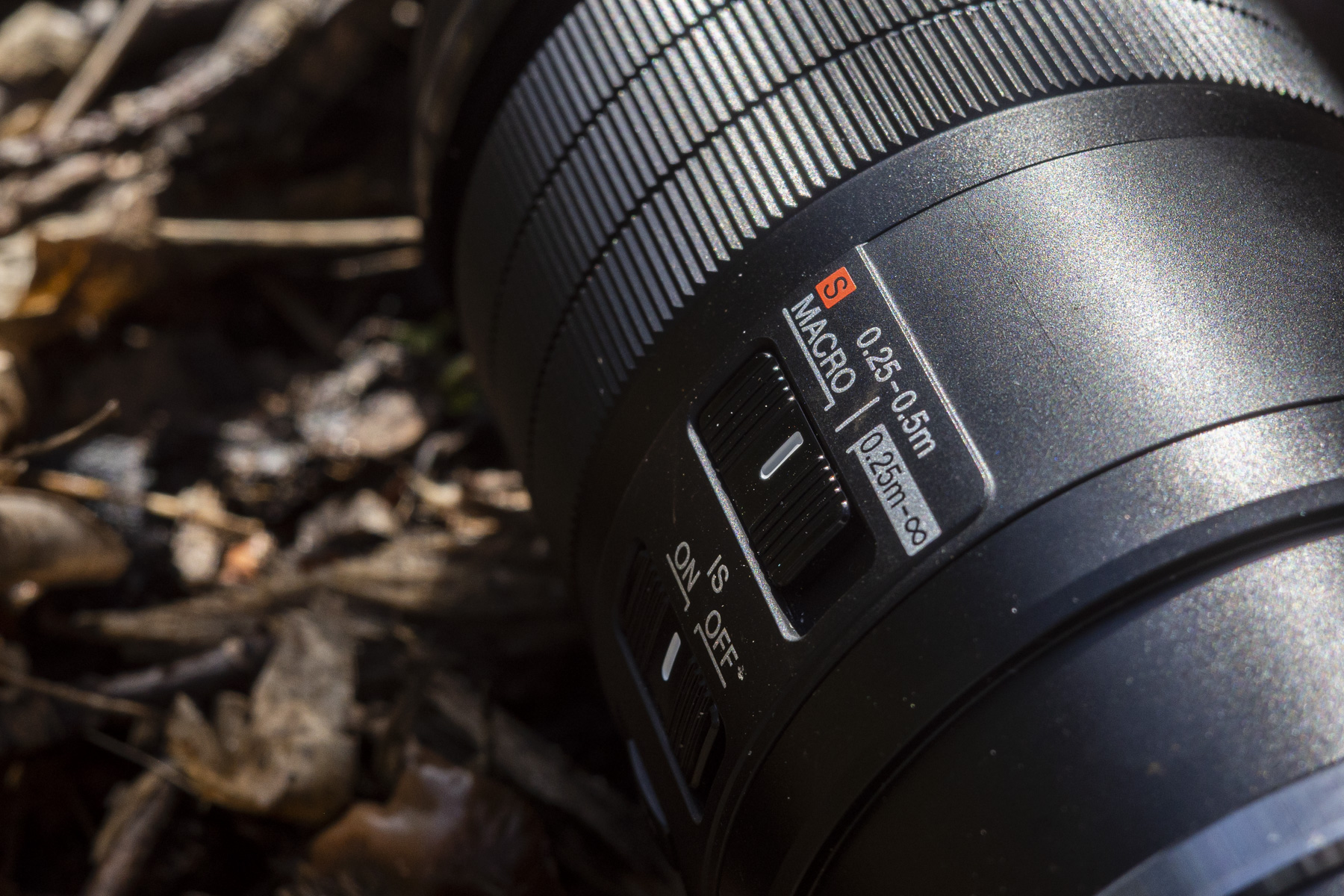
Spec-wise, the Micro Four Thirds 90mm focal length and 2x magnification translate to a full-frame equivalent 180mm focal length lens with 4x magnification. The numbers get more extreme when you whack on a teleconverter, whereby you can multiply those numbers up to 1.4x or 2x again. Yes, you read those incredible numbers correctly.
That focal length is what I consider to be on the long end for macro and provides greater working distances than shorter focal lengths usually do – here, the minimum focus distance is a decent 0.224m / 8.8in. More distance makes a practical difference, especially when photographing live subjects that move or get scared easily in the shadow of encroaching, towering hunks of metal.
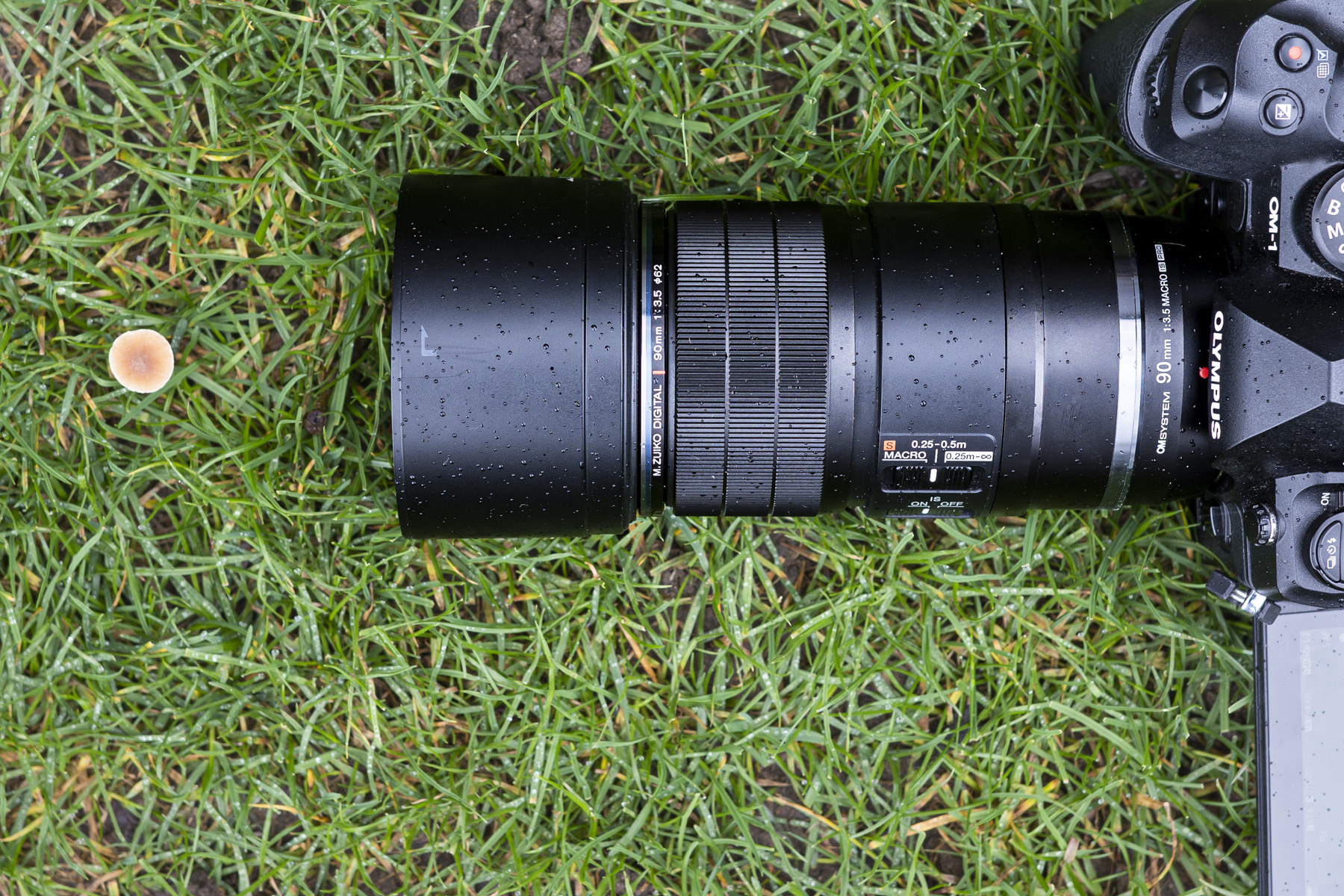
These long-end macro lenses, say on a DSLR camera, are bulky and expensive. And while the price for this lens is also high – $1,499 / £1,299 / AU$2,249 – it's comparatively tiny in size compared to like-for-like full-frame macro lenses.
A full-frame equivalent 4x magnification is ludicrous – most dedicated macro lenses max out at 1x magnification. Other more extreme macro lenses from the likes of quirky lens specialist Laowa are manual focus-only lenses, but the OM 90mm macro lens utilizes a powerful autofocus system.
It’s true that most macro photographers use manual focus only, but in my time with this lens, I have used both autofocus and manual focus with equal effect; the former can be used with in-camera automatic focus stacking (read on for more detail), while the latter can be done easily via the beautifully designed manual focus clutch.
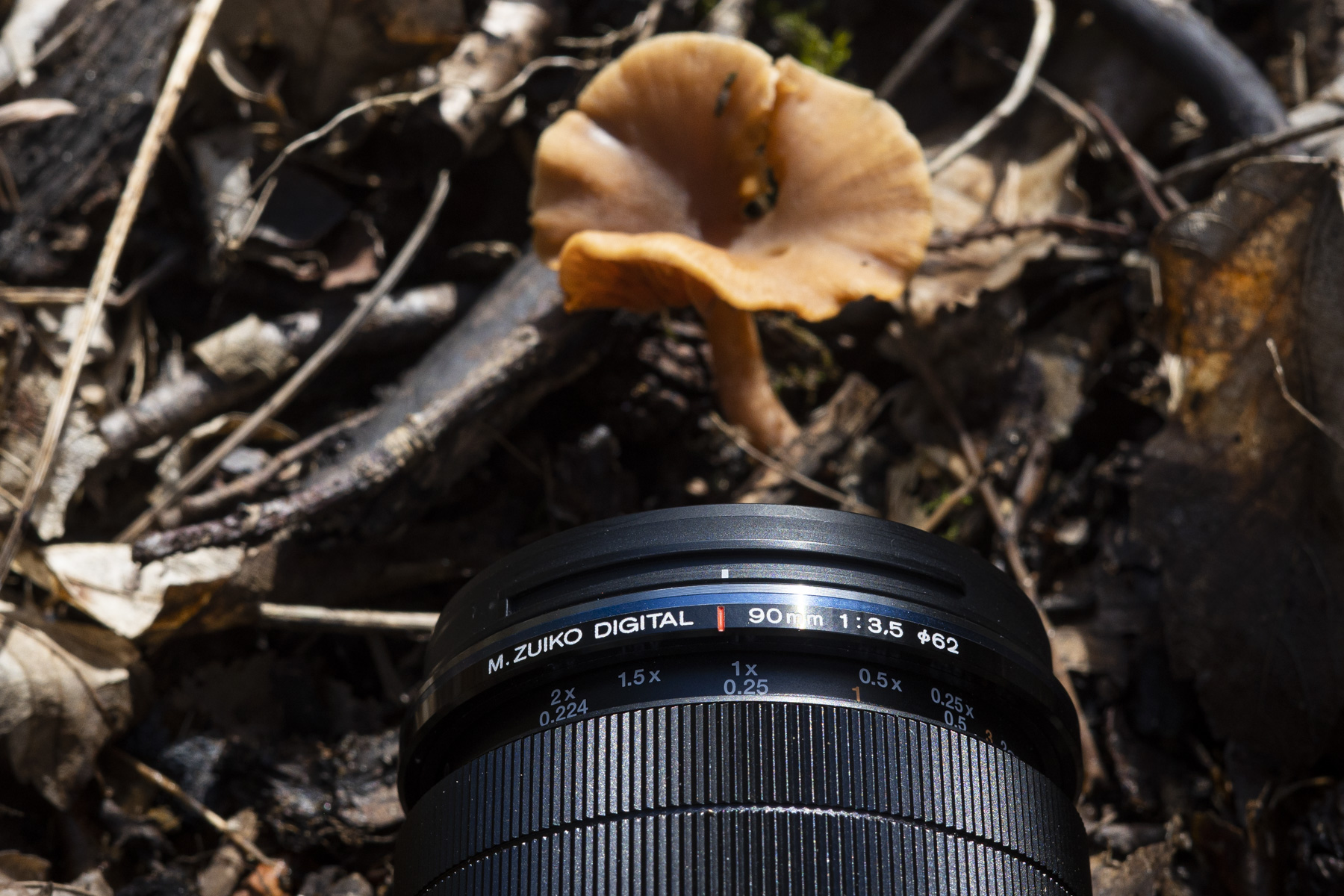
Things become really interesting when you connect the OM 90mm macro lens with its perfect match, the OM System OM-1 mirrorless camera. Utilizing industry-leading in-body image stabilization, Focus Stacking computational mode, and intelligent autofocus, I found it entirely possible to shoot at such extreme magnifications handheld for the first time.
Before I get further into the shooting experience, which, in this review, involved the OM-1 camera, I’ll take you on a quick tour around the lens itself.
The build quality of the lens is excellent, built to match equally rugged cameras like the OM-1, with IP-53-rated weather resistance. Hopefully, OM System won’t mind reading that I’ve felt completely at ease using the lens in the rain and dirt over extended periods.
You get a generous manual focus ring that pops down to reveal a manual focus clutch with focus distances and magnification marked out. My experience with manual focusing has been OK – it’s focus by wire, which means there is a little lag, but nothing that can't be worked with.
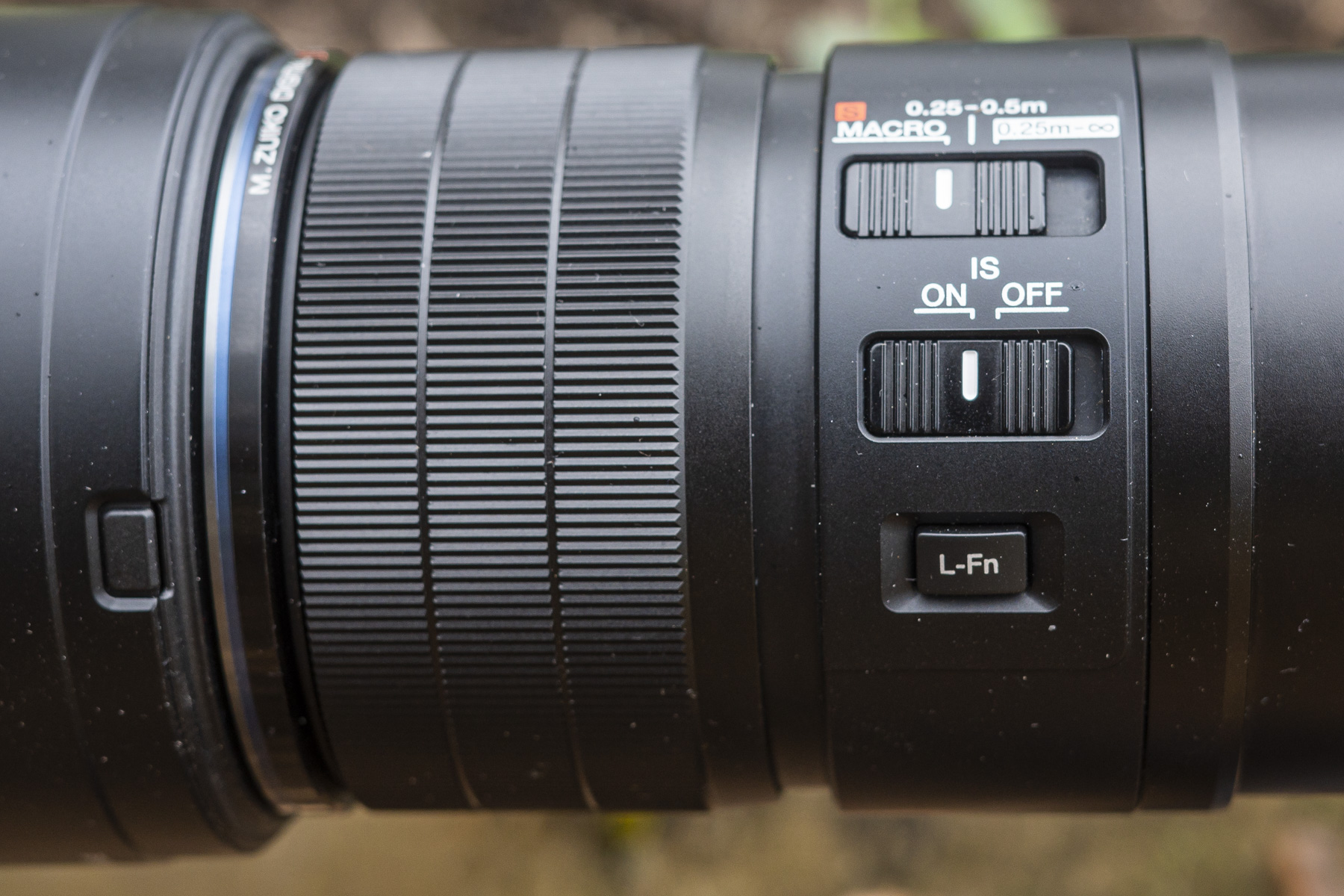
The focus distance limiter switch has three options; regular focusing, macro, and ‘S Macro’. To obtain that 2x magnification, you’ll need to be in the S Macro setting regardless if you are focusing manually or using autofocus.
The image stabilization switch remained on for me the entire test. The L-Fn button can be assigned a control from the camera menu. Given that I switched a lot between manual focusing and focus stacking, I set this button to select ‘Focus Stacking On/Off’ to make the switch quicker.
Slow precise macro work typically involves mounting a camera to a supporting sliding rail for micro adjustments and then focusing manually. However, the OM-1 and OM 90mm macro lens have allowed me to shoot handheld macro, with autofocus, more regularly than ever before.
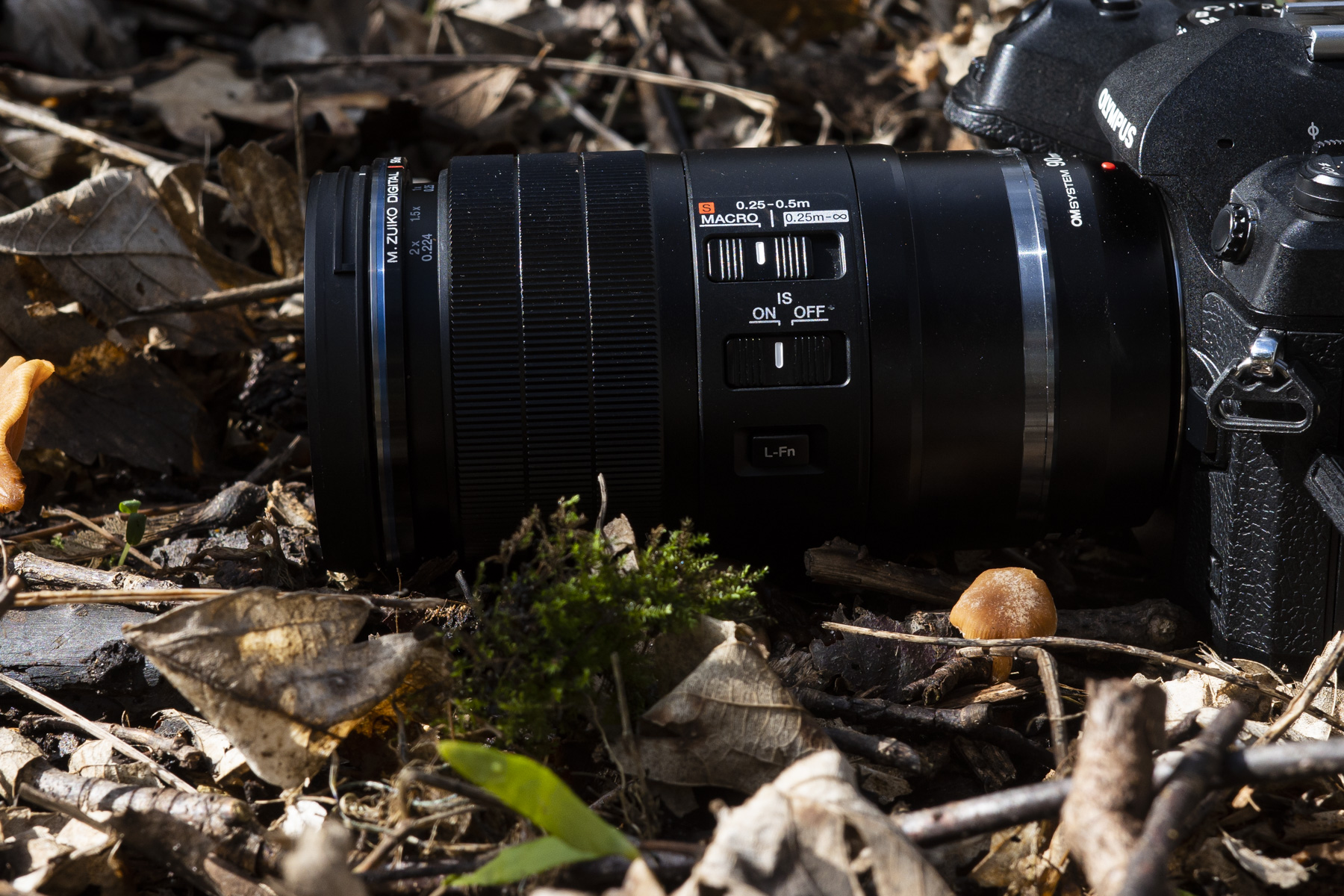
It’s the combination of powerful image stabilization that steadies hand movement (which is extreme when working closely) and intelligent autofocus (even for tiny subjects and close distances), together with the Focus Stacking computational mode (that can combine up to 15 images automatically at the push of a button to increase depth of field, which is essential), that has freed me to work handheld.
Put simply, the camera and lens pairing has made light work of tricky macro photography subjects and is the most versatile system for field macro work where simplicity is often key, both photography and video.
This lens is not a one trick pony, either. As a 180mm f/3.5 equivalent lens, it’s a decent portrait and sports lens, especially considering that snappy autofocus is on board. Heck, I’m partial to telephoto landscape photography, too, so I could see myself using this lens a lot if it lived with me.
The lens comes supplied with a decent-sized lens hood to eliminate flare, but the hood can be a little obtrusive when using the lens for close macro photography focus distances.








Crucially, I've been very impressed with the image quality produced by the OM 90mm macro lens. There's no visible lens distortion, while detail is super sharp across the entire frame, even wide open at the maximum f/3.5 aperture. I’ve stopped down to f/5.6, for example, and seen little difference in sharpness from wide open.
Bokeh (the quality of out-of-focus areas) is, for the most part, dreamy. There’s a smooth focus fall-off, and where there’s dappled background light and specular highlights, you’ll see rounded smooth bokeh (even when stopped down to f/5.6), with no real color fringing.


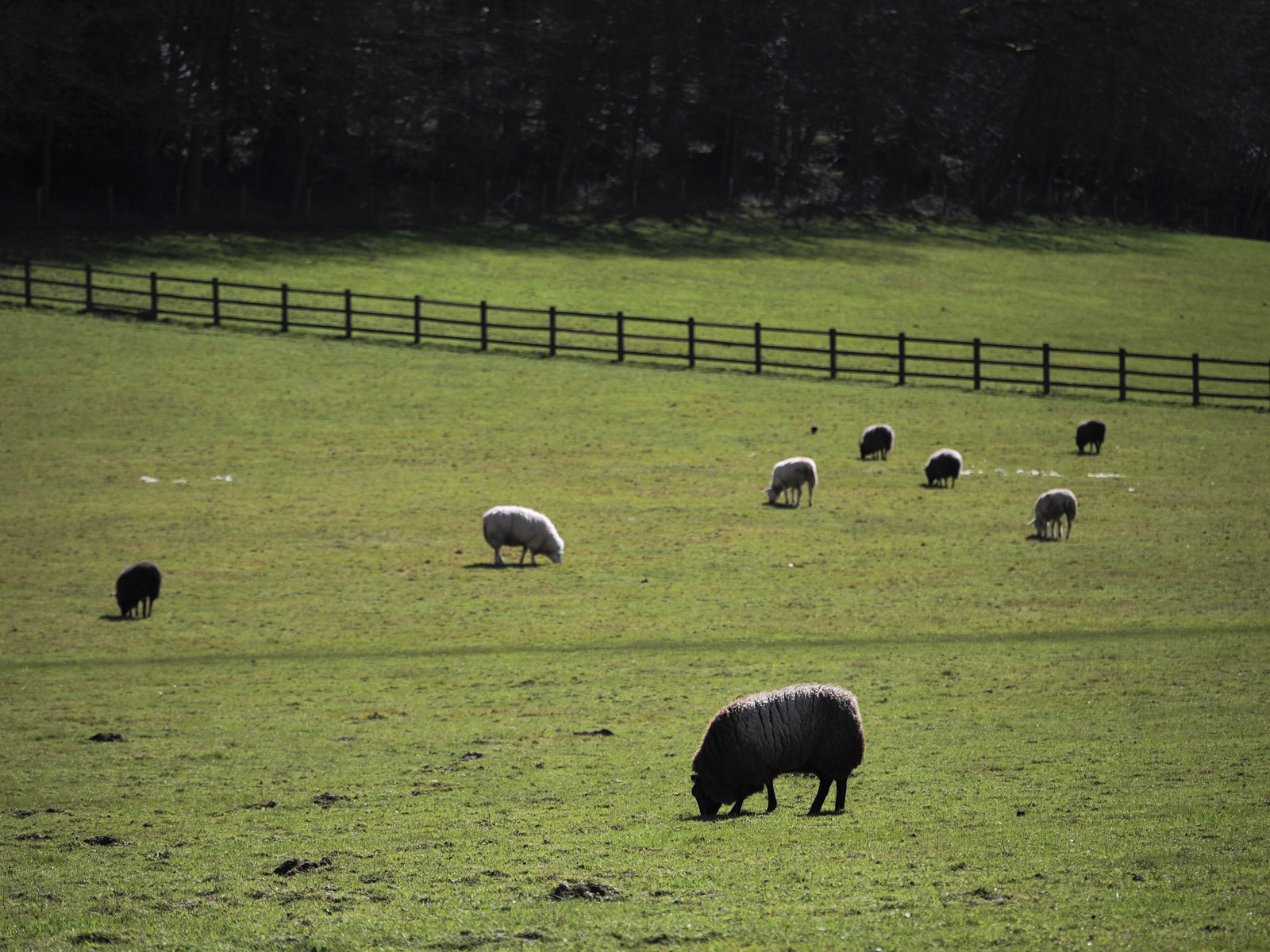
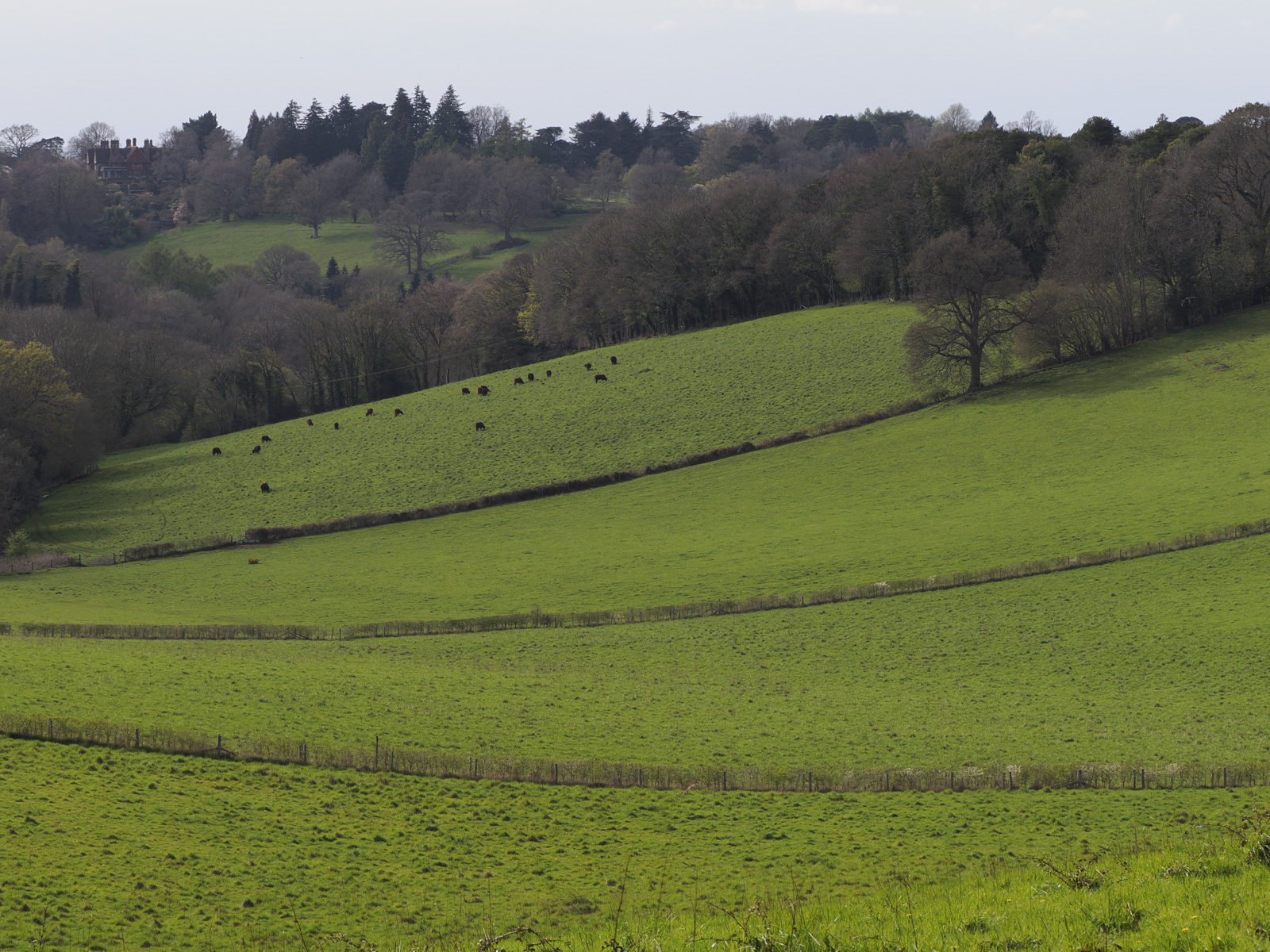


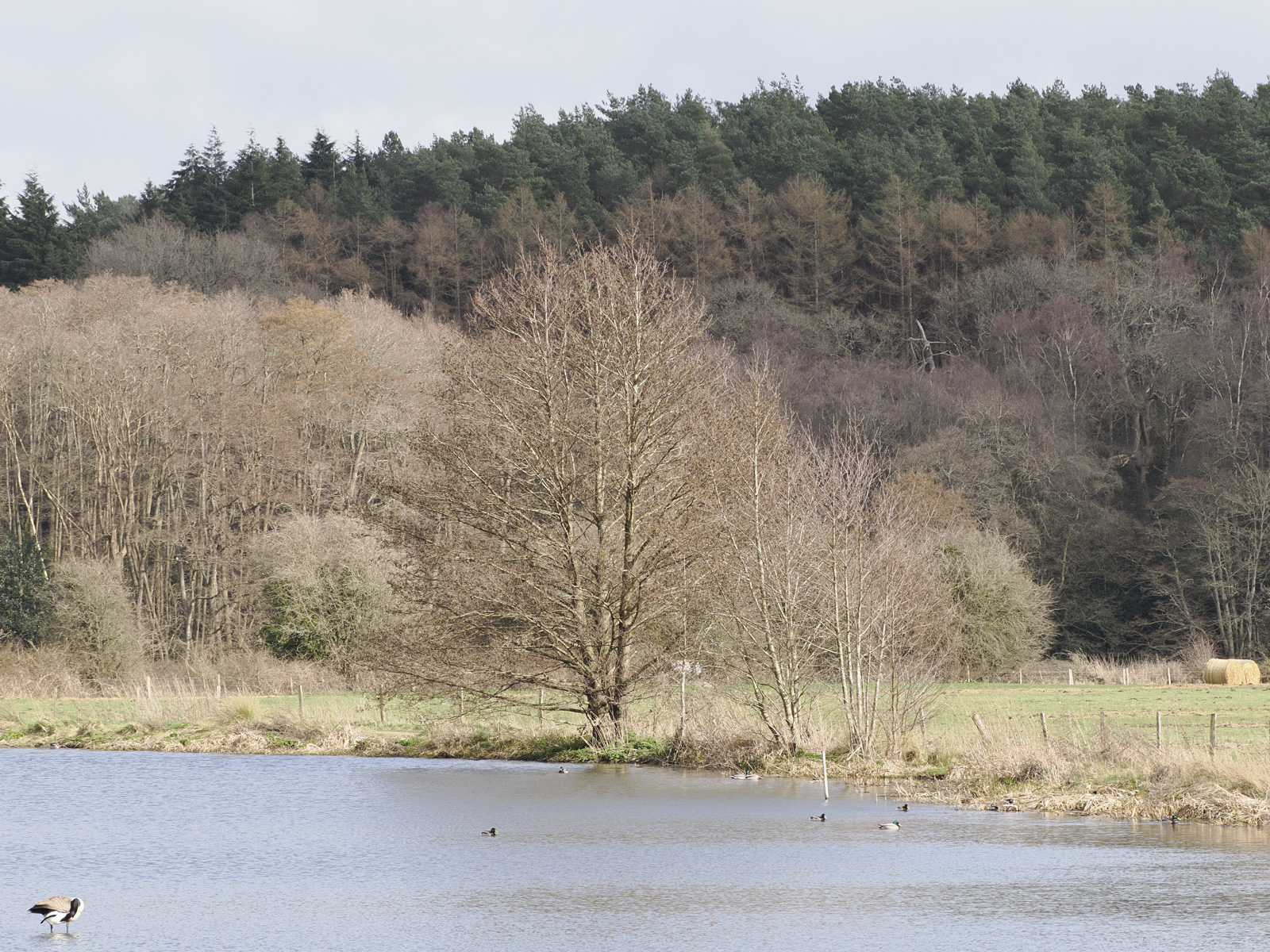
For close-focusing macro photos, bokeh is less appealing – you lose some of that smoothness – nothing unattractive, but the easiest way to describe it is as ‘busy’. Also, in-camera focus stacking is fallible – it's a computational mode after all – with regular evidence of haloing, depending on the subject and contrast.
All things considered, those are minor points, and I’ll finish by saying that I have just found my favorite macro photography lens.
OM System 90mm F3.5 Macro IS PRO: Price and availability
The OM System 90mm F3.5 Macro IS PRO costs $1,499 / £1,299 / AU$2,249 which is undeniably a serious investment, but is justified especially given its long focal length. Common and less costly autofocus macro lenses for Micro Four Thirds are usually 30mm or 45mm in focal length, with 1x magnification.
Then there are alternatives from Laowa that offer a 2x magnification, including the 50mm f/2.8 2x Ultra Macro APO lens. Compared to the OM 90mm macro, its focal length and minimum focus distance are around half, plus its manual focus only, but it only costs $399 / £429 (approximately AU$600).
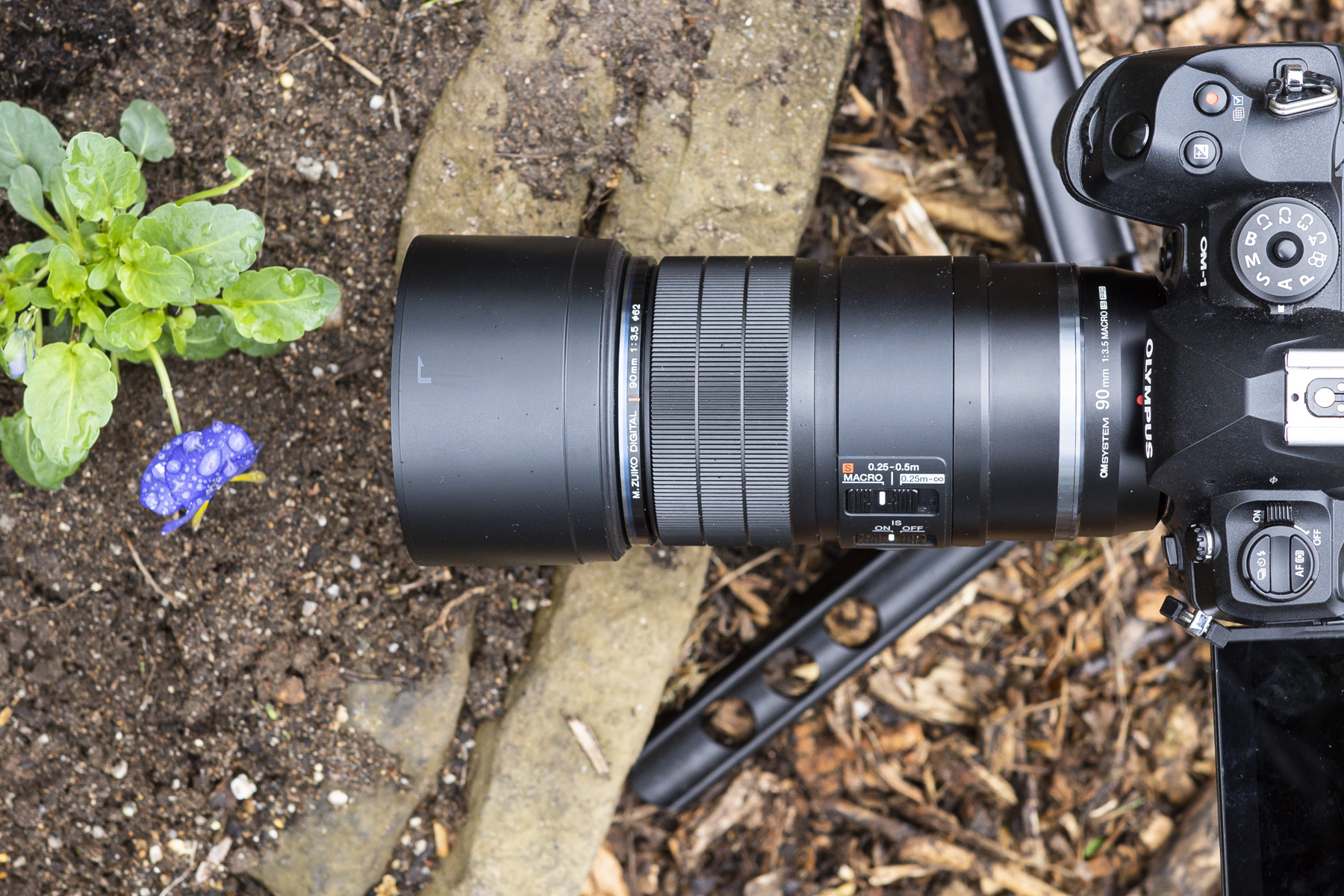
Should you buy the OM System 90mm F3.5 Macro IS PRO?
Buy it if...
Don't buy it if...
How I tested the OM System 90mm F3.5 Macro IS PRO
I paired the OM 90mm macro lens with the OM System OM-1 camera and excitedly headed to the garden in search of tiny subjects of interest, like fungi and insects. It’s a camera and lens pairing that I’ve had a decent length of time with and got a good feel for what’s possible, and the pleasure hasn’t worn off.
While this is a lens review and not a camera review, I find myself naturally referring to how the camera makes life with the lens such a pleasure. The OM-1’s stacked sensor, image stabilization, intelligent autofocus, and powerful computational modes have made handheld ultra-high magnification macro photography entirely possible, the likes of which I couldn't achieve before without a camera support.
I’ve played around with manual focusing via the manual focus clutch, autofocus, taking the same macro image several times with adjustments to aperture, and the focus stacking, to check image quality. There’s more to the OM 90mm macro lens than macro, too – I’ve also taken portraits, shot sports, and landscapes, which are other scenarios that can suit this lens.
First tested April 2023







